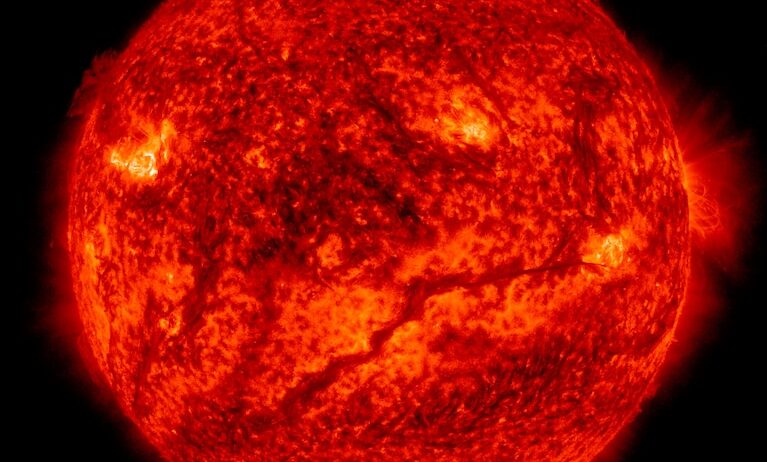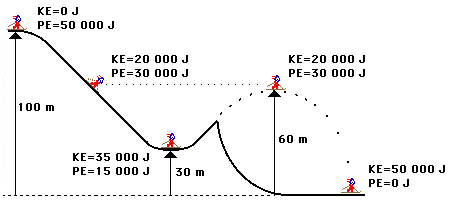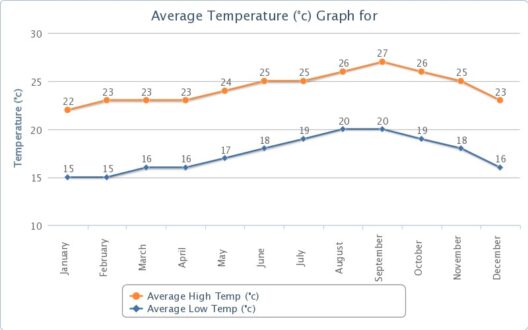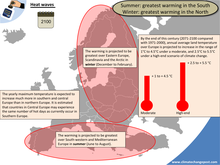Global warming, a phenomenon that has garnered significant attention over recent decades, is primarily attributed to the increase in greenhouse gases in the Earth’s atmosphere. Among these gases, carbon dioxide (CO₂) plays a central role. Understanding the intricate relationship between CO₂ levels and global warming necessitates a deep dive into various facets of this critical issue.
The science of climatology elucidates that CO₂ is a natural component of the Earth’s atmosphere. It is produced through various natural processes, such as respiration, volcanic eruptions, and the decay of organic matter. However, anthropogenic activities, particularly the combustion of fossil fuels like coal, oil, and natural gas, have escalated CO₂ emissions to unprecedented levels. This rise in atmospheric CO₂ is a pivotal factor in the greenhouse effect, where gases trap heat in the atmosphere, leading to a gradual increase in global temperatures.
To comprehend the magnitude of CO₂’s impact, it is important to consider empirical data. Ice core samples reveal that atmospheric CO₂ concentrations were about 280 parts per million (ppm) prior to the Industrial Revolution. In stark contrast, recent measurements indicate that levels have soared to over 400 ppm. This surge has profound implications, not only for global temperatures but also for environmental stability. The Intergovernmental Panel on Climate Change (IPCC) warns that without substantial reduction in greenhouse gas emissions, we could witness a temperature increase of 1.5°C to 2°C above pre-industrial levels by the year 2100.
It is essential to decipher the mechanisms through which CO₂ contributes to global warming. CO₂ functions as a greenhouse gas due to its molecular structure, which allows it to absorb infrared radiation emitted from the Earth’s surface. This absorption process leads to what is known as the greenhouse effect. While the greenhouse effect is a natural and necessary phenomenon for maintaining life, the excessive concentration of CO₂ has disrupted the balance. Enhanced greenhouse warming results in climate anomalies, including more frequent and severe droughts, hurricanes, and rising sea levels.
Moreover, the oceans, which have historically been excellent carbon sinks, are reaching their saturation point. A staggering amount of CO₂—approximately a third of what is released through human practices—has been absorbed by the oceans. This absorption has led to ocean acidification, which poses a severe threat to marine ecosystems. Coral reefs, for example, are particularly vulnerable as their calcium carbonate structures begin to dissolve in more acidic waters. The repercussions of these changes are cascading throughout the food web, affecting fisheries and global food security.
Furthermore, the relationship between CO₂ and global warming is inextricably linked to various feedback mechanisms. One salient example is the melting of polar ice caps and glaciers. As global temperatures rise, icy regions decrease in size, leading to higher sea levels. This loss not only contributes to climate change but also reduces the Earth’s albedo effect—the ability to reflect solar radiation. Darker surfaces, such as open ocean water, absorb more heat, further exacerbating warming. This cycle is self-reinforcing and calls for urgent intervention.
In assessing the policies and actions necessary to mitigate global warming, it becomes evident that reducing CO₂ emissions is paramount. Efforts towards decarbonization are being embraced worldwide, with many nations committing to net-zero emissions by mid-century. Renewable energy sources, including solar, wind, and hydroelectric power, are pivotal in this transformation. Transitioning from a fossil fuel-dependent economy to one that prioritizes sustainability is not merely beneficial; it is imperative for protecting future generations.
Additionally, leveraging technology in carbon capture and storage (CCS) has emerged as a potent strategy to combat CO₂ emissions. CCS technologies can hypothetically recapture up to 90% of CO₂ emissions generated from the use of fossil fuels in electricity generation and industrial processes. While promising, these technologies must be deployed alongside widespread emissions reductions to be effective.
Individual and community actions also play a crucial role in combating global warming. Lifestyle changes, such as reducing energy consumption, promoting public transit, and supporting local and organic products, can significantly lower carbon footprints. Advocacy for legislations that promote sustainable practices and environmental protection can further pressure governments and industries to embrace greener alternatives.
Lastly, addressing the issue of global warming necessitates an intersectional approach that considers social equity. Vulnerable populations, often least responsible for carbon emissions, are disproportionately affected by climate change. Climate justice movements emphasize the need for inclusive policies that protect these communities, ensuring that sustainability efforts do not exacerbate existing inequalities.
In conclusion, the relationship between CO₂ and global warming is complex, multifaceted, and urgent. The scientific consensus is clear: rising levels of carbon dioxide are driving global warming, and immediate action is essential to mitigate its impacts. From scientific understanding to policy implementations, and individual actions to social justice considerations, a holistic approach is necessary to combat this pressing global crisis. It is not a fight for tomorrow, but rather a critical call for action today.







